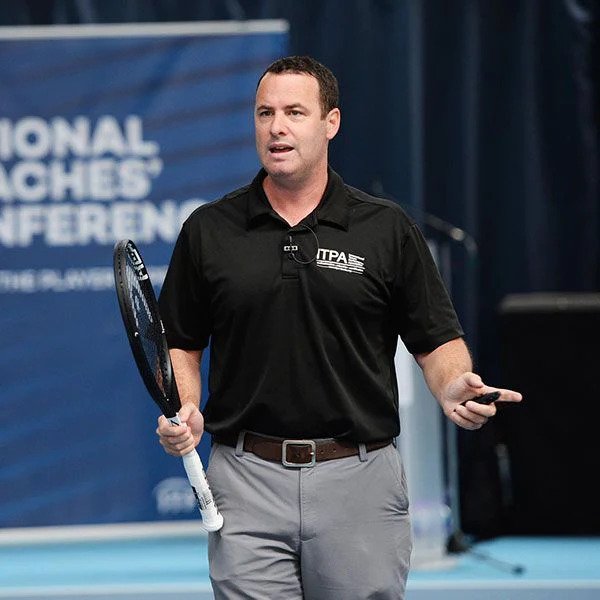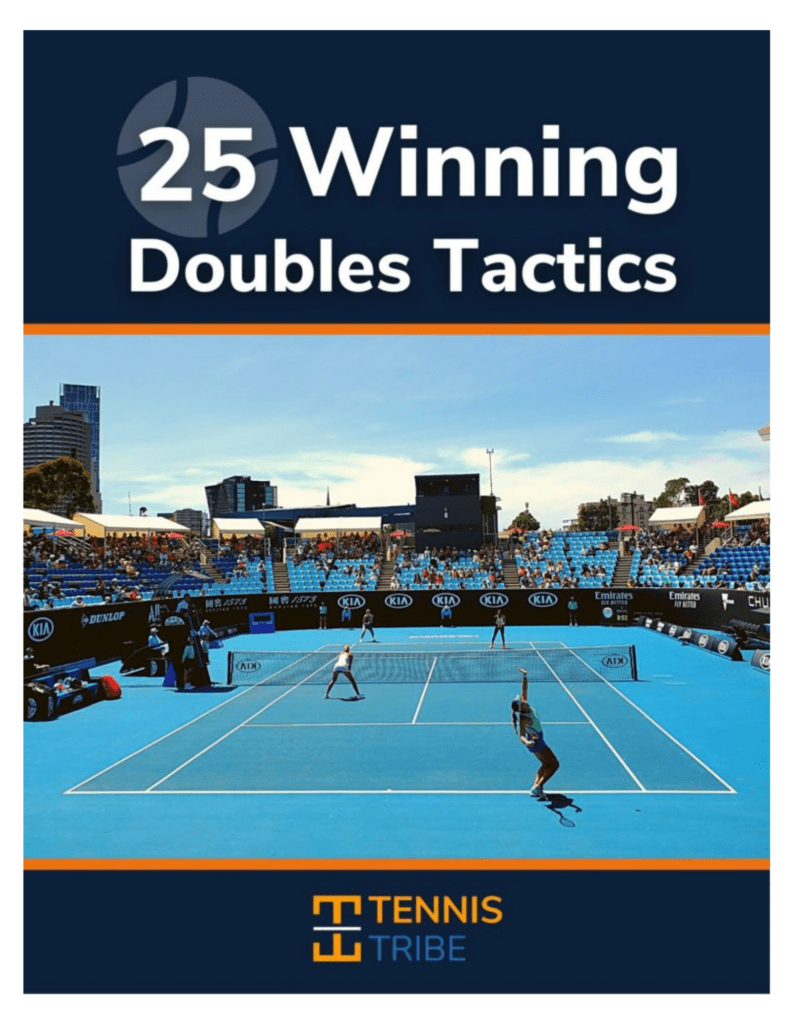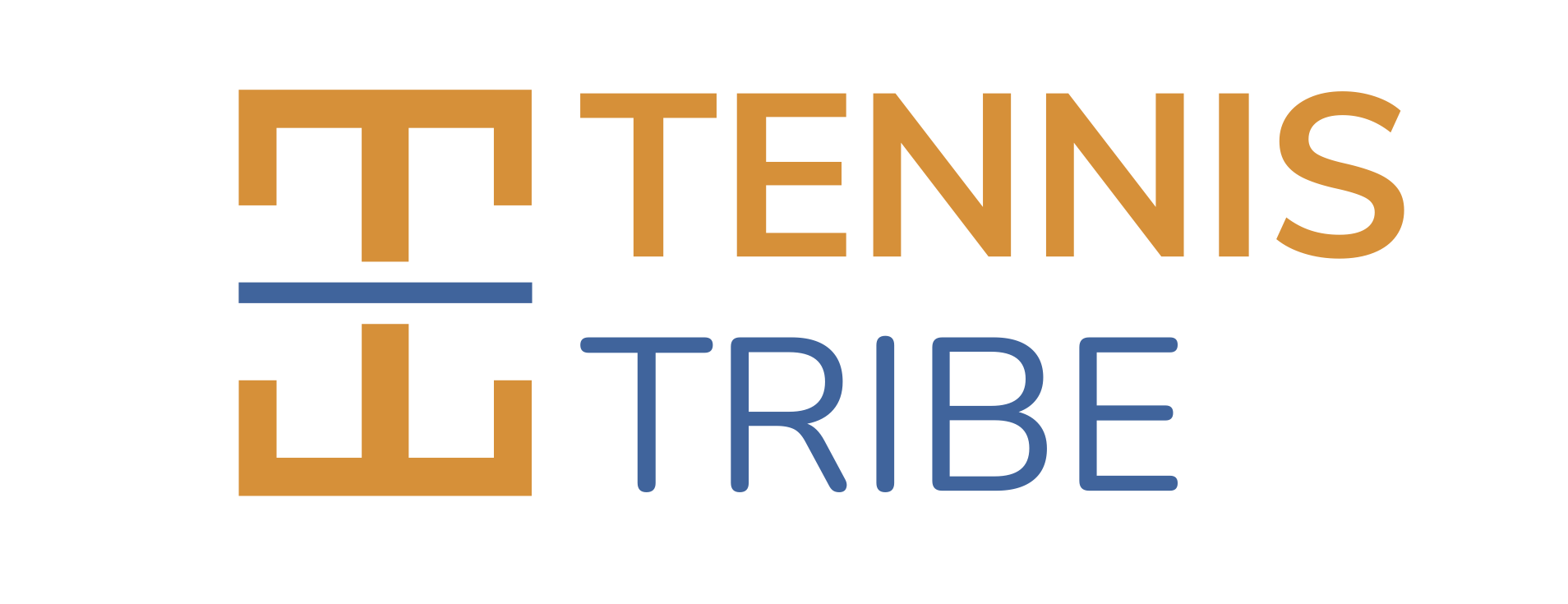In this interview, we chat with physical development expert, Dr. Mark Kovacs. Mark has been a player, coach, doctor, physio, and worked with many of the top athletes in the world in every sport.
His job is to be the bridge between all the people working to help athletes in the course of physical development.
In this conversation we talk about:
- Why we may never see a tennis player serve over 160 MPH.
- How everyone (even the pros) can improve their serve technique.
- How to properly train for fitness and injury prevention.
- Why knowing your partner is one of the most important parts of a successful doubles team.

We also discuss how Mark got into tennis, what inspired his career path, and how he thinks we can make doubles more popular.

25 Winning Doubles Tactics Guaranteed to Help You Play Smarter
Ebook with 25 expert serve (7), return (5), net-play (5), baseline (4), & approach (4) tactics you can use in your next doubles match.
Interview Notes from this Podcast
*To help support The Tennis Tribe & provide more free content like this, we may earn a percentage of purchases through the links below. See our affiliate page for more info.
- Follow Mark on Twitter, Facebook, & his website.
- Finding an ITPA-certified coach
- See Mark’s books on Amazon
- Why is a 160 MPH Serve Impossible?
- The current technological and biomechanical restraints make it nearly impossible. For tennis, players can’t afford to strength train enough due to the fitness needed to play the sport.
- Certainly, if John Isner added mass or was able to only work on serves, he would serve harder.
- Here’s the Wired article that features Mark.
- Serve Technique
- Most servers, professional and amateur aren’t optimizing their mechanics.
- The best servers optimize their lower body loading position and avoid fundamental flaws due to poor internal shoulder rotation, poor thoracic mobility, and range of motion.
- Servers such as Serena Williams, Ash Barty, Madison Keys, Sam Stosur, Isner, Carlos Alcaraz, and Roger Federer have the strength, range of motion, and technique to get into the right positions.
- Below are images Warren Pretorius has shared of Federer loading for a serve with proper technique.
- Listen to my Warren Pretorius interview.

- Fitness
- The main areas of fitness tennis players should focus on are mobility, strength, and endurance.
- For mobility, it is important to consistently work on your hips, shoulders, and thoracic spine.
- For strength, it is important to do some heavy lifting, some endurance lifting, and loading movements in a controlled manner.
- For endurance, it is important to take some stress off of your body by doing core, using a bike, and replicating tennis endurance with intervals.
- Injury Prevention
- The most important question when it comes to injury prevention is “Does the science make sense for what you’re doing?”
- Ask yourself if a foam roller makes you feel better or if it actually improves your body. Try to avoid treating symptoms and work on the source and increasing blood flow instead.
- It’s crucial to dynamically stretch before physical activity and stretch after to regain some of your range of motion. Eccentric actions during practice or a match can cause micro-tears, leading to pain for the next couple of days.
- Doubles Strategy
- In his doubles webinar with Jorge Capestany, he discussed how getting into the mind of your partner is an important skill.
- Your partner should never feel pressure from you, you have to communicate personality types with your partner and adapt, and communication is key.
- Listen to my Jorge Capestany interview.
- Mark’s Favorites
- Tournament: Wimbledon
- Tennis book: 1930s instructional book on tennis including Don Budge
- Non-tennis book: Power by Robert Greene

Leave a Reply